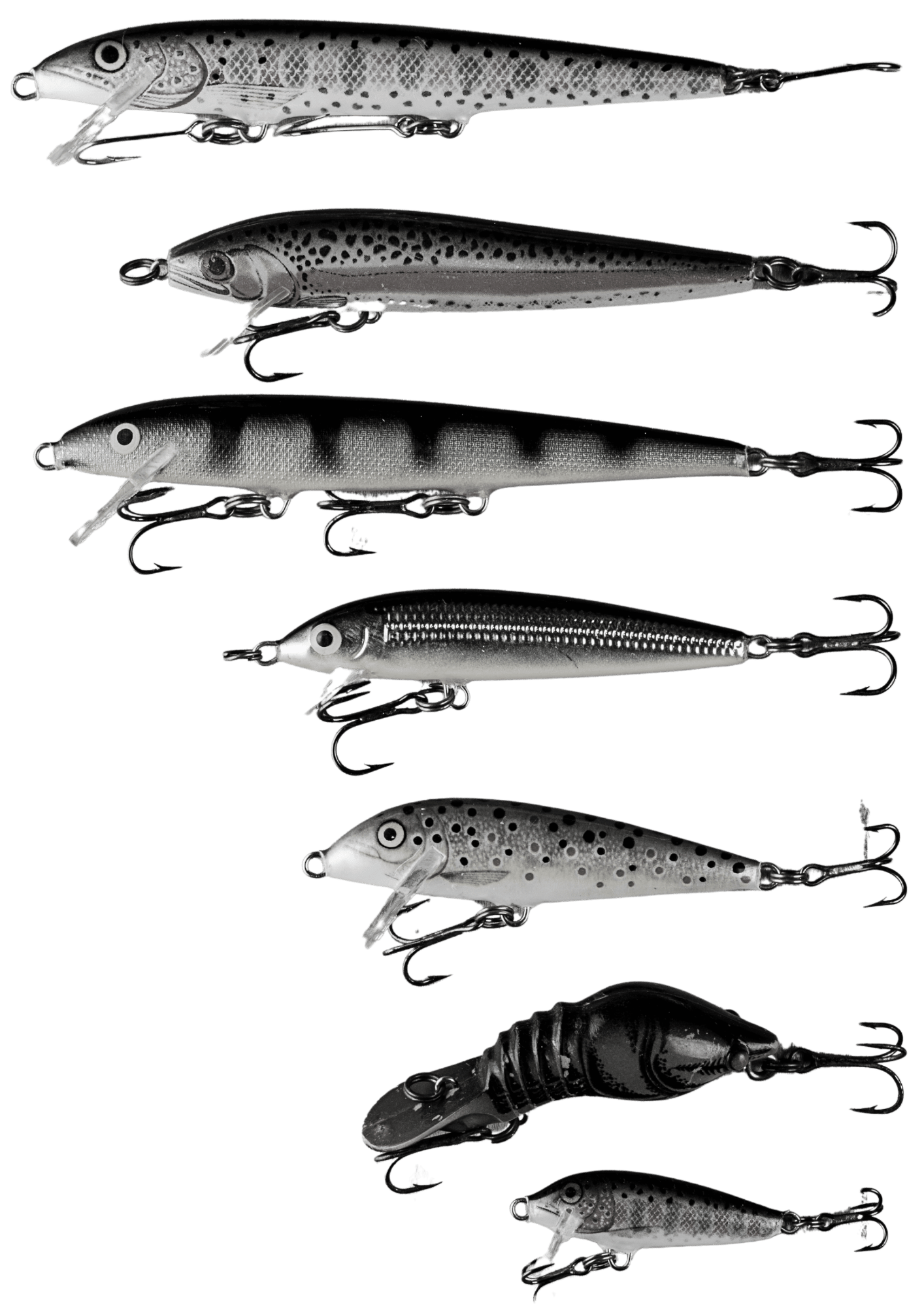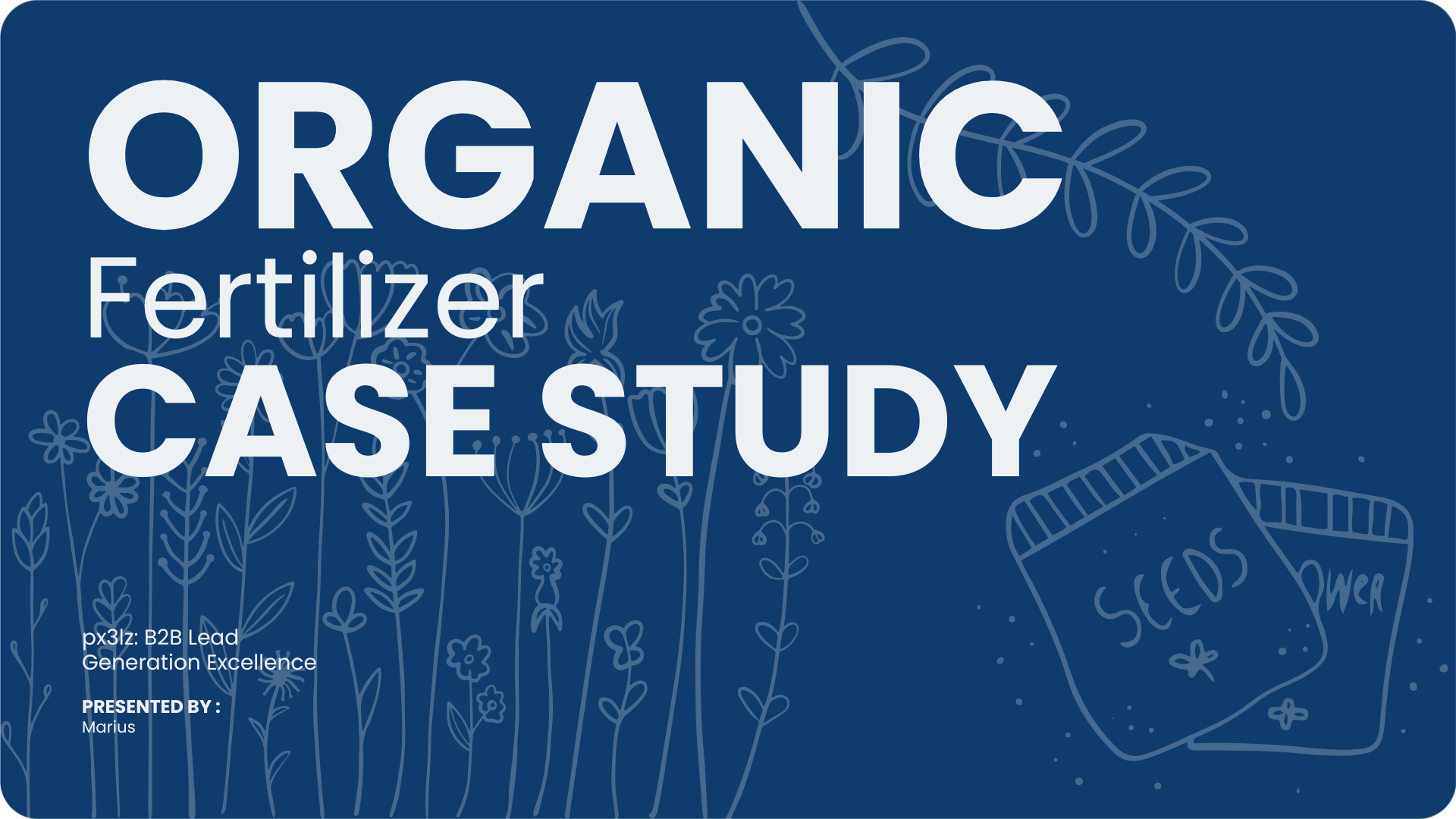
Passive Lead Generation
Passive lead generation is a strategy that focuses on creating digital assets, such as SEO-optimized landing pages, blogs, or resources, designed to attract and convert potential customers organically. Rather than relying on active outreach, this approach uses targeted content and strategic keywords to bring leads directly to your business. By aligning with your audience’s needs and search intent, it establishes a consistent, low-maintenance flow of leads, functioning like a scalable foundation for long-term growth.
What is Passive
Lead Generation?
Passive lead generation automates and optimizes organic strategies, using evergreen, high-quality content—like blog posts, guides, and landing pages—to attract leads over time. Automated follow-ups nurture prospects, reducing manual effort. With SEO-optimized content driving consistent traffic, the system scales efficiently, converting visitors into leads with minimal ongoing management. This "set it and forget it" approach ensures continuous lead flow with maximum impact and minimal intervention.
By leveraging automation and strategic content, businesses can create a self-sustaining system that consistently engages and converts potential customers. Instead of relying on manual outreach or paid ads, this approach focuses on long-term growth through optimized, high-intent traffic. Once in place, passive lead generation reduces workload while maintaining a steady stream of leads, allowing businesses to scale efficiently.
Get once, watch forever.
Introduction to Passive Lead Generation
2 Videos
Passive Lead Generation works like a strategic fishing lure, attracting leads effortlessly while you focus elsewhere. Unlike active lead generation (casting your net), this strategy sets up a fishing spot that continuously draws in high-quality leads.
The three key pillars make this system work: Traffic (Casting Your Line) ensures the right audience finds you, Lead Magnet (The Perfect Bait) offers irresistible value to make leads bite, and Automated Nurturing (Reeling Them In) keeps them engaged until they’re ready to convert.
Building a High-Converting Landing Page (Your Fishing Spot)
2 Videos
Your landing page is your fishing dock, the place where visitors turn into leads. To maximize conversions, it must be optimized for both user experience and search engines. A well-placed lead form (your bait) should be highly visible, ensuring potential leads don’t swim away.
Success comes from two key areas: Conversion Optimization—placing the right hooks (CTAs, copy, and layout) to increase sign-ups—and SEO Optimization—making sure your fishing spot is easy to find so organic traffic flows in consistently.
Generating Free Traffic (Finding the Best Fishing Waters)
3 Videos
To attract the right leads, you need to fish where they are biting. This starts with choosing the right topic (fishing spot) and using keyword research to identify high-value, low-competition terms (the best bait).
Once you’ve mapped your niche, content marketing, SEO, and organic outreach work together to drive consistent traffic. By optimizing for search engines and leveraging platforms like blogs, YouTube, and LinkedIn, you create a steady stream of visitors—just like setting up multiple lines in the water for a bigger catch.
Ranking and Optimizing (Maximizing Your Catch)
3 Videos
A well-optimized landing page is your fishing dock, but without visibility, no fish will bite. To rank higher in search results, you need SEO techniques that make your page easy to find and irresistible to visitors.
This involves on-page SEO (clearing the waters) by structuring content properly, off-page SEO (creating ripples) through backlinks, and conversion optimization (sharpening the hook) by improving headlines, CTAs, and lead form placement to ensure more visitors turn into leads.
Lead Creation and Nurturing (Reeling Them In)
3 Videos
Once a lead bites, you need to keep the tension on the line until they’re ready to convert. A strong lead magnet (the perfect bait) ensures they enter your funnel, but nurturing keeps them engaged.
Through email segmentation (matching the right lure to the right fish) and automated follow-ups (a steady reeling motion), you build trust and guide leads toward conversion—turning cold prospects into loyal customers without manual effort.
Performance Monitoring & Optimization (Measuring Your Catch)
2 Videos
To ensure your lure strategy is working, you need to track key metrics like traffic, conversions, and engagement. Just like checking your fishing gear, analytics and A/B testing help refine your approach.
By analyzing what’s working (where the fish are biting) and optimizing landing pages, emails, and CTAs (adjusting the bait and technique), you increase efficiency and reel in more leads with less effort.
Scaling & Expanding Your Strategy (Casting a Wider Net)
2 Videos
Once your lead generation system is working, it’s time to scale up by reaching bigger audiences and optimizing for higher-value leads. Expanding into paid traffic (bigger nets), multi-channel marketing (fishing in new waters), and automation (self-sustaining traps) ensures steady growth.
By refining your upselling, cross-selling, and referral strategies (keeping the best fish close), you maximize lead value and turn passive lead generation into a long-term, high-yield system.
Bonus Resources
To keep your lead generation system running smoothly, you’ll get access to templates, checklists, and recommended tools that simplify implementation. Just like a seasoned angler refines their techniques, ongoing learning and community support will help you stay ahead.
With a well-optimized lure strategy, the right tools, and continuous improvement, you’ll have a self-sustaining system that attracts and converts leads effortlessly—so you can focus on scaling your business while the leads keep rolling in.
8h Video Lessons, Real-Life Examples, Checklists & Lifetime Community Access.

The organic fertilizer market is experiencing rapid expansion, driven by increasing environmental awareness, regulatory support, and the rising demand for sustainable agriculture. Valued at approximately $10–12 billion in 2022, the market is projected to grow at a CAGR of 10–12%, potentially surpassing $20 billion by 2030. As organic food producers seek high-quality, eco-friendly fertilizers to maintain soil health and comply with certification standards, manufacturers face a significant opportunity to establish long-term partnerships.

"The guys at px3lz have given my team not only the skills but the confidence to implement results driven SEO and SEA practices.The lessons are interactive and practical, with a friendly and upbeat delivery that kept everyone engaged and keeps us coming back to learn more!".
— Natasha Sephton-Pike, Head of Transformation

COURSE INTRO
Drive business and boost your career.
Lead generation is both an art and a science. Our courses are designed to help you unleash your creativity while mastering data-driven strategies to generate and convert leads effectively. Ready to take your skills to the next level?
Take the step toward your career.
Join our newsletter for exclusive insights from six-figure professionals around the globe and across industries. Learn their strategies, uncover their challenges, and gain access to their secrets to success. Stay informed about upcoming courses and special offers – delivered straight to your inbox!
Thank you for subscribing!
Have a great day!